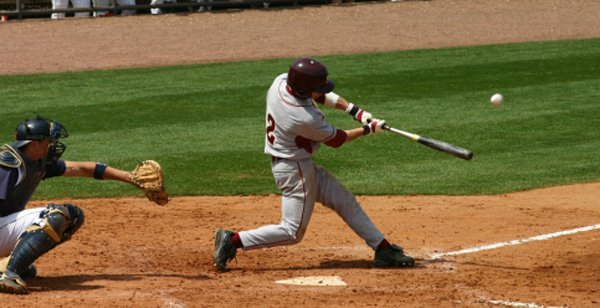training between races
Question
i am told that older horses don't need to gallop or breeze in between races, as a former athlete i don't understand this concept, athletes practice everyday why cant horses follow the same routine i keep hearing you don't want to leave it on the training track save it for the race
Answer
Hello Andy,
Very good question. As for "saving it for the race", that couldn't be more wrong. It's actually up to the individual horse. If you heard this from a low percentage trainer then this is why he is a low percentage trainer. Many trainers will tell their owner this so they can save money on paying exercise riders and other expenses and still collect day rate.
A horse should have some form of cardio exercise every day even if it's just walking for 30 minutes. Half the week should include some jogging and fast galloping. There are many horses that are walked between race and do just fine, but how much better could they do? You need to keep the horse exercising so his metabolism keeps up and to promote healthy eating. A horse at rest, slowly loses red blood cells and it's blood will lose fitness as well as the muscles.
Older horses do not to need to gallop as often since they just need to maintain without over training. Over training can sore up a horse or sour them to the point they refuse to train or resist the track. There is a fine line and a trainer must be experienced enough to recognize over training. Over training also can result in poor blood chemistry, just like resting a horse, which in turn results in poor oxygen delivery to the muscles and compromised performance.
An older horse who has issues such as joint, bone, muscle and other soft tissue issues needs to be trained light enough to stay fit, but not to the point that he causes injury to himself. Most of these horses shouldn't be running in the first place until they heal properly. If your horse can't do any speed work, at least every two weeks, then he should not be running.
A human can tell when he is hurting and has much sturdier legs than a horse. Humans typically do not push themselves to the point of break when they know they are going have a catastrophic injury. A horse has no voice, he can't tell you that he feels sore and that if he races, he will break. When a horse is trained to do something and is being pushed beyond it's limits, it can't verbally tell you that, without acting up or some other form of signal and may not be picked up on by the typical horseman. Some horses are always bad actors so when they are trying to tell us something is seriously wrong, we just think, that's the way he has always been. A horse will run through way more pain that we, as humans, can handle. That said, we need to be more cautious on the pressure we put on their fragile legs. We have to prevent a problem from starting, so we back off the pressure when we think the horse is already giving 100%. A horse should be able to jog and gallop, slow around the track at least 4 days a week or have a large turnout field where he can run and exercise freely, without weight on his back. Some need to have a workout in between races and other may not, but it all depends on the horse, the distance he runs and length between races.
Horses can be very underestimated as well as overestimated and it's a human's job to figure out each horse's ability and get the most out of it without taking the animal to the point of breaking down.
I hope this helps. Please let me know if you have any more questions.
Christopher Crocker
Crocker Racing Stable and Thoroughbred Horse Racing Partnerships
www.CrockerRacingStable.com
racing history of a horse.
Starter Allowance


